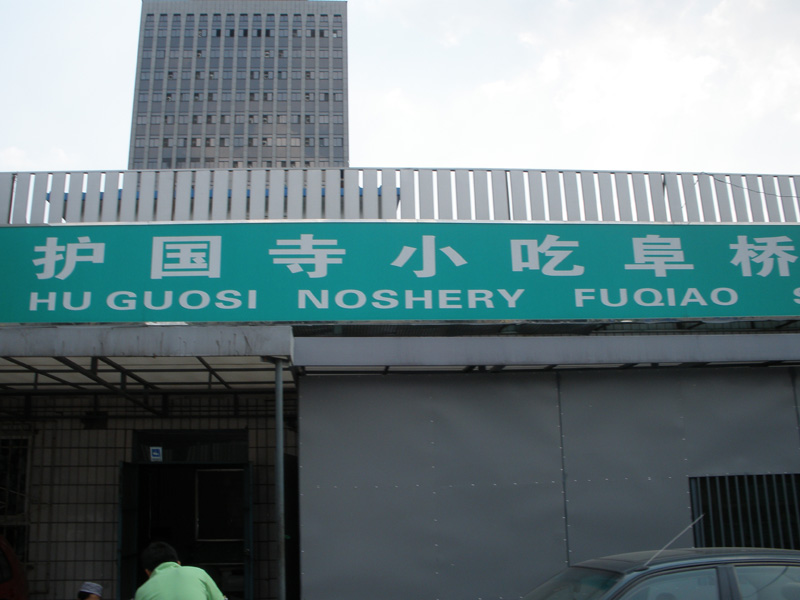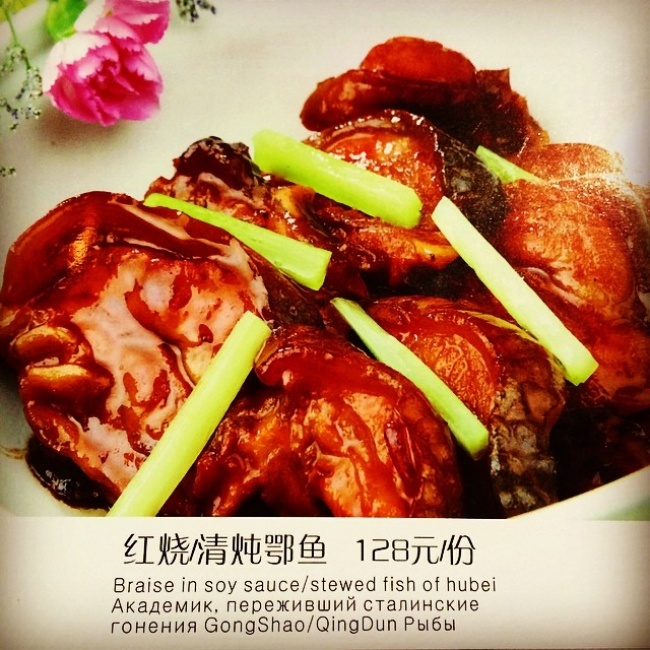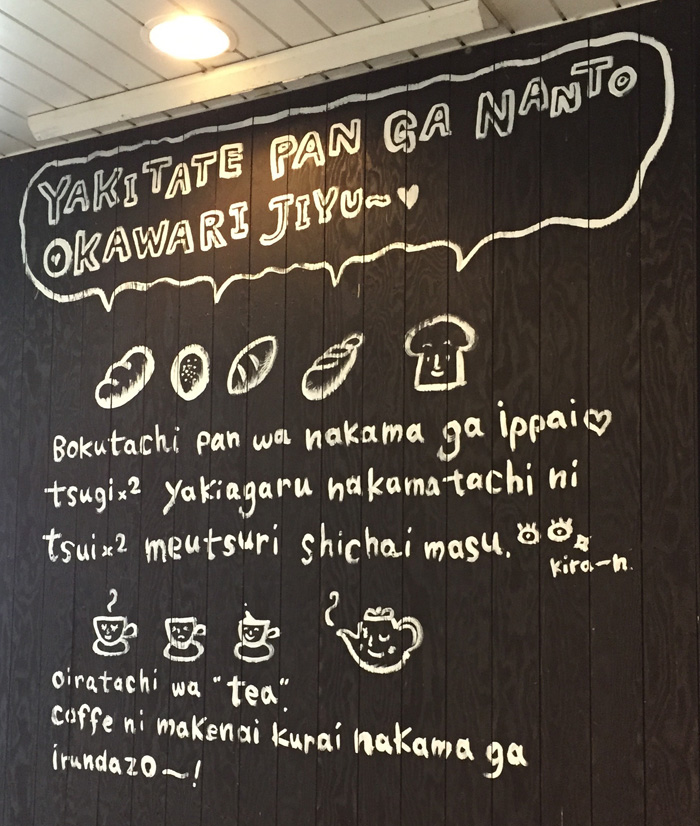From a Japanese colleague:
"Now the Japanese too can appreciate the linguistic ingenuity of the Chinese!"
As he suggested, on the model of "Chinglish", we'll tentatively refer to this hybrid language as "Chapanese" until someone comes up with a better name for it.
This odd article collects twenty photographs illustrating different products and dishes designated and described with Chapanese wording:
Chūgoku no dasakakkoii hen'na Nihongo 中国のダサカッコイイ変な日本語
"Chinese Dasa cool weird Japanese"
To tell the truth, I don't really know exactly what the katakana word "dasakakkoii ダサカッコイイ" means, other than that it seems to signify some sort of funky fashion or style (for males?). It appears to be a variant of just the kakkoii part alone which means "attractive; good-looking; stylish; cool; smooth; neat; with-it; groovy".
Read the rest of this entry »





